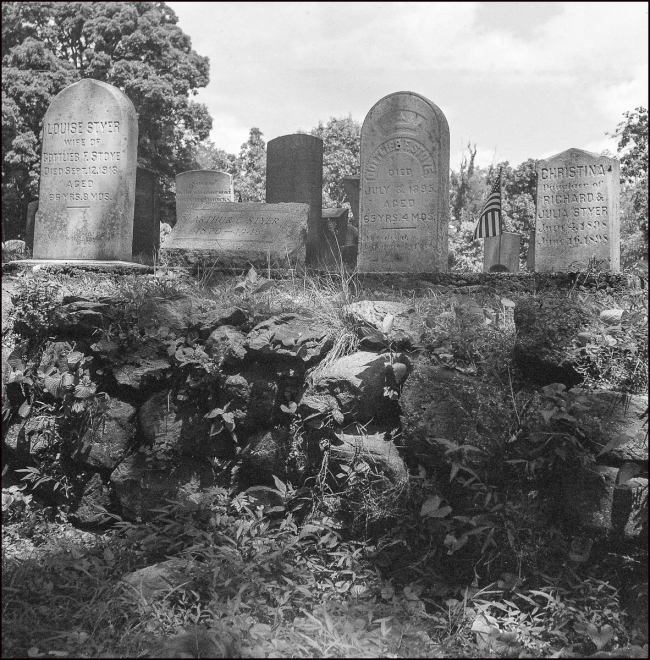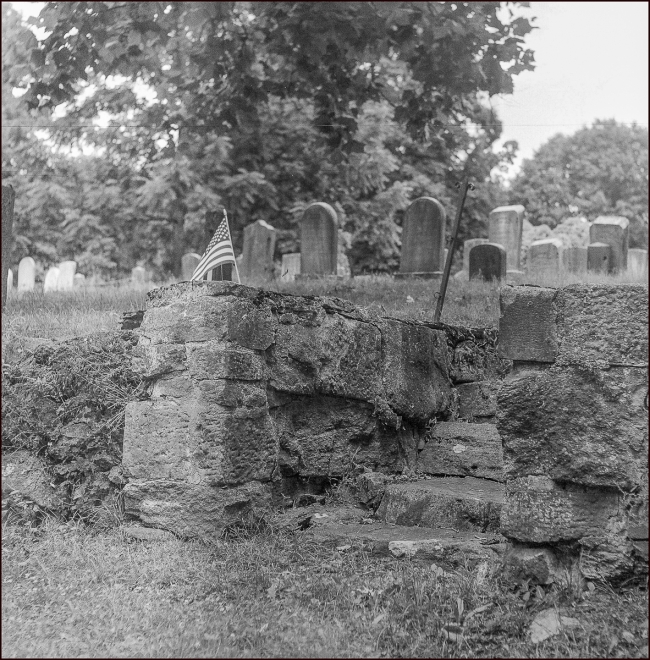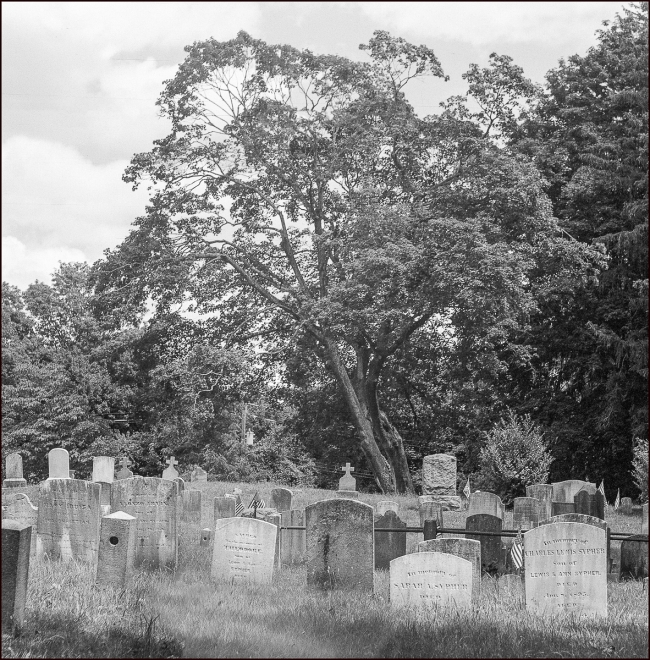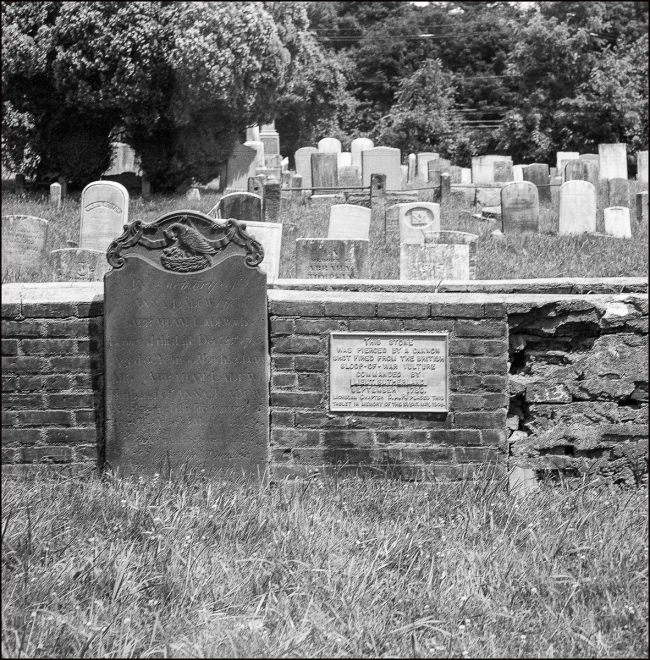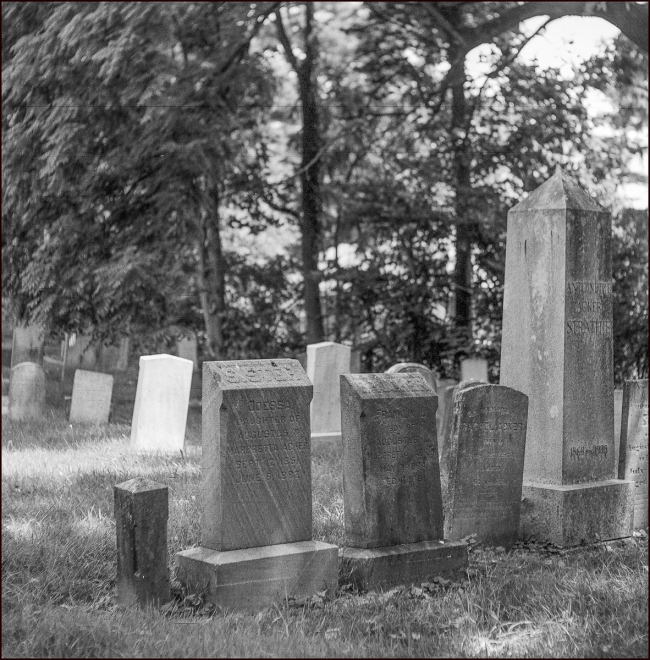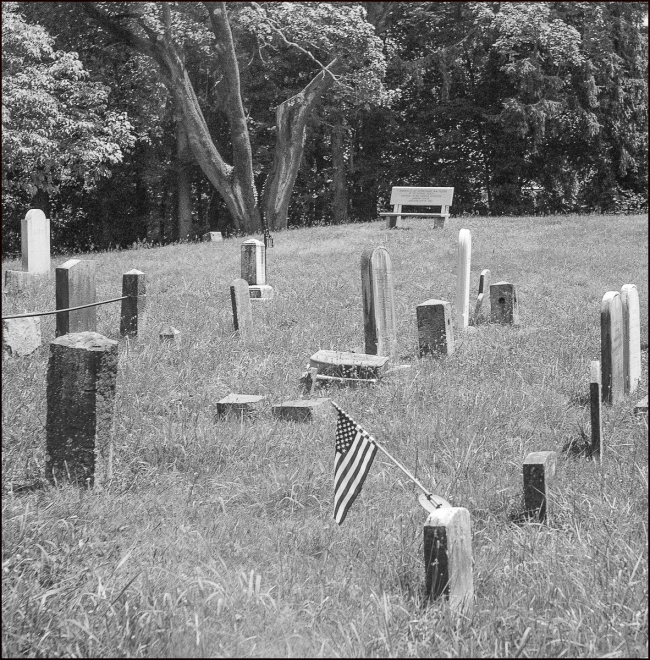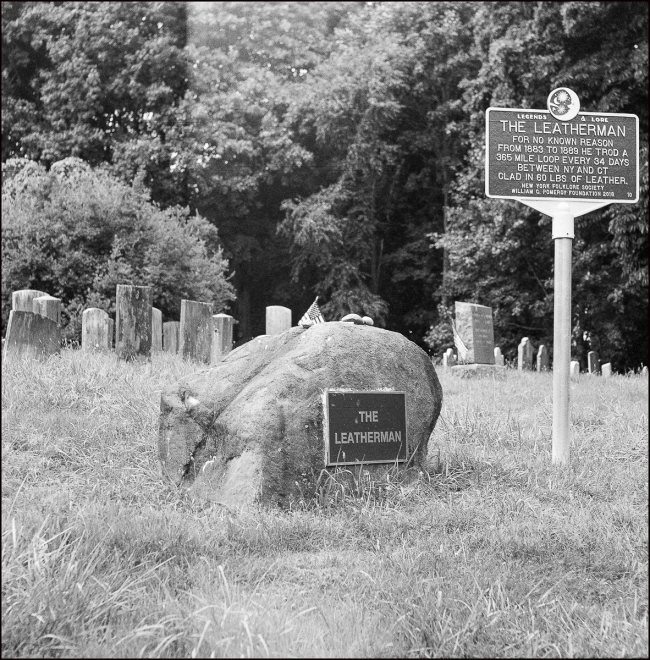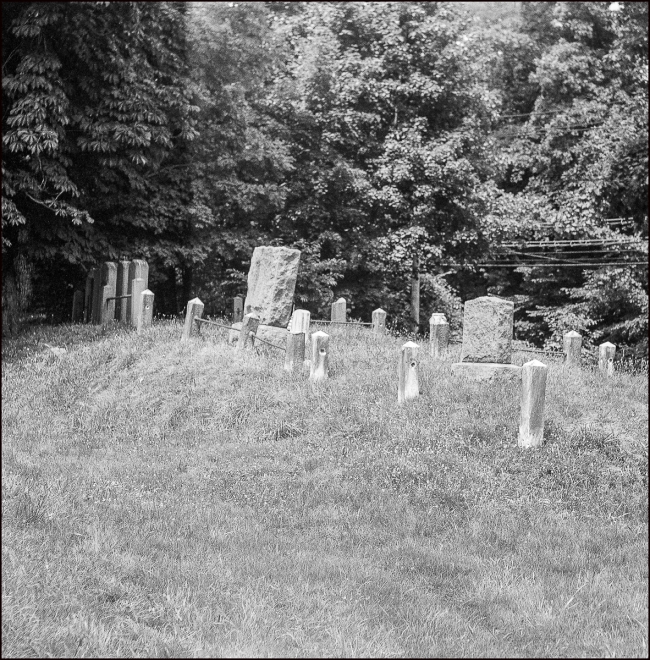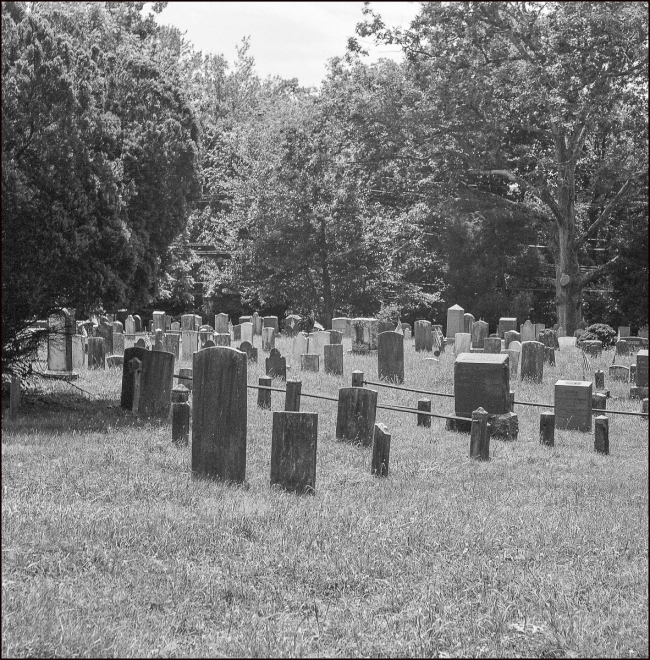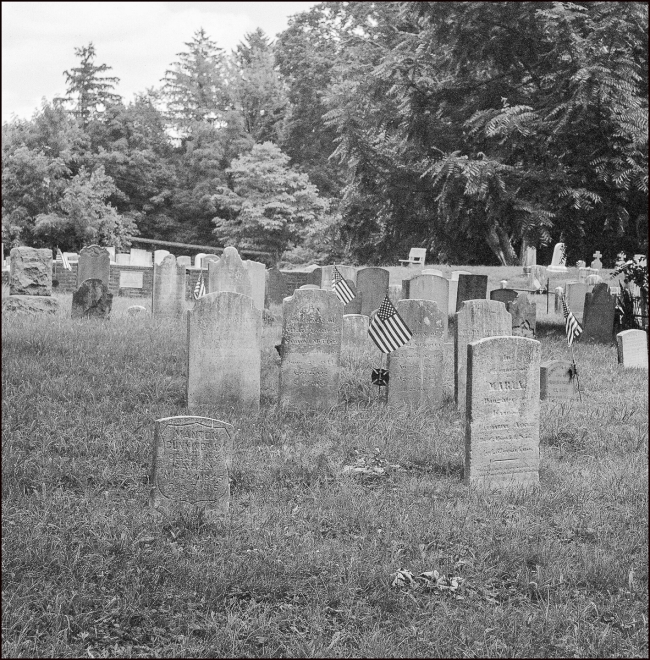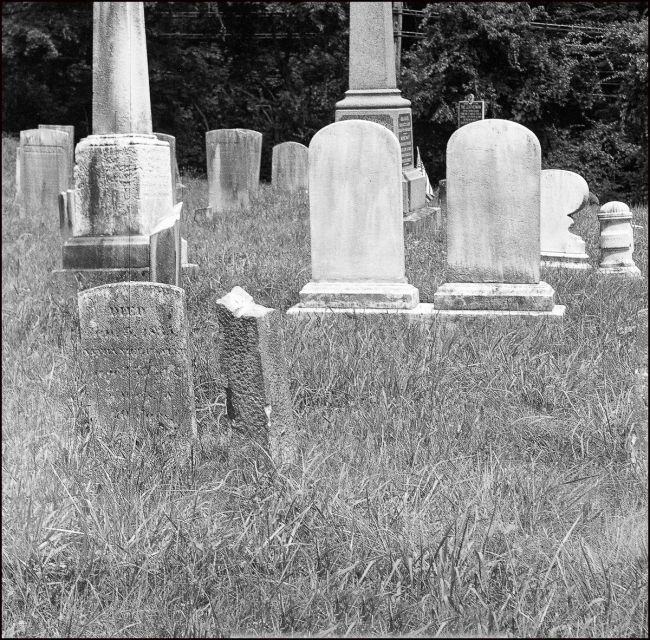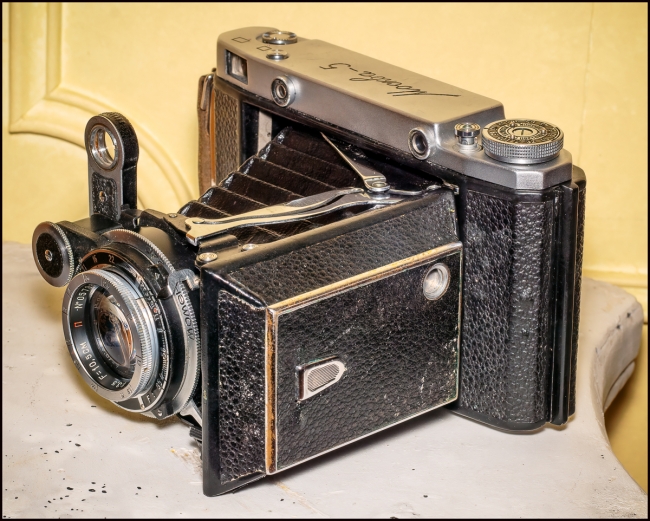I haven’t done any film photography for quite some time so I thought I’d start again. The camera I chose was the Moskva 5.
The Moskva-5 (MOCKBA-5 in cyrillic) is a medium format rangefinder folding camera made by KMZ and produced between 1956-60.
Its main difference from Moskva-4 is added selftimer.
Earlier models of the Moskva were copies of the Zeiss Ikon Super Ikonta C. Unlike earlier models, this model is a Zeiss Super Ikonta adapted form, rather than a clone and unlike the Super Ikonta, its solid top plate has a built-in rangefinder and a dual-format viewfinder. Moskva-5 is the latest model in a series of cameras Moskva brand. Main difference from Moskva-4 is added self timer. The Moskva-5 was undoubtedly designed as an expensive professional camera, and not as an amateur model. It was built in an age (1956–1960) when 35mm photography was already suppressing 120-film, and only professionals still insisted on using the larger format. Its dual-format characteristics, rangefinder and excellent lens and finish indicate professional use also. Apparently these cameras were used until very late (the 1980’s?) by Moscow street photographers.
There are 2 types and 2 sub-types of the Moskva-5.
The back of the camera showing the year of production (1958), two red windows for 6×6 and 6×9 numbering, the rangefinder window (left) and the separate viewfinder window (right). The symbol to the left of the serial number is the Krasnogorsk company logo.
Dual Format
Super Ikontas were made either for the 6×9 or 6×4.5 format. The Moskva-5 is a 6×6 and 6×9 camera. Since it has a fixed 105mm Industar lens, at 6×6 you have a mild tele at your disposal. To use the 6×6 size, you need to set the viewfinder to the square format. there is a lever to select the right window so you can see the numbering on the film back. The pressure plate does not need to be removed. The 6×9 red window is now blocked, so there’s no room for confusion.
As a last step, the 6×6 mask has to be inserted. The camera locks right into its holes. Close the camera and you’re ready to shoot.
Operation
The Moment 24c is a leaf shutter with speeds of B, 1 to 1/250s. To fire it, the film needs to be transported or the release button will be blocked, indicated by a red window on the top plate. The shutter isn’t set by advancing the film; it has to be cocked at the lens by a lever. To take a picture, press the button on the left of the camera top. The button on the right is for unlocking the front plate when the camera is collapsed. Before folding the camera, you shouldn’t forget to push down the lever with the glass window.
Specifications
Lens: Industar-24 (И-24) 110mm f/3.5 four elements in three groups
Aperture: f/3.5 – f/32 setting: lever and scale on the lens
Focus range: 1.5-15m + inf
Focusing: by a thumb lever, fixed onto the lens-shutter barrel plate,rotates wedge-shaped prisms in its window, turning the knob to focus rotates the glass, thus adjusts the rangefinder images that must be matched, the rangefinder window on the middle of the top plate sees this prisms apparatus window directly, (prisms assembly is rotatable 180 degrees to the right for the bellows closing) with no mechanical linkage between the lens and the body. Focusing is possibleby directly rotating the front lens element also.
Shutter: Moment-24S (Mомент-24C) leaf shutter, speeds 1-1/250 +B; setting ring and scale on the lens-shutter barrel
Cocking lever: on the lens-shutter barrel, not depends the winding
Shutter release: left side of the top plate, beside the winding knob, releasing is also possible by a knob on the right front side of the struts. To fire the shutter, the film needs to be transported, if not, the release button will be blocked, a double exposure locking mechanismindicated by a small window beside the winding knob, before winding it is white and the shutter release is blocked and after winding it is red and shutter release works
Winding knob: left side of the top plate
Viewfinder:coupled rangefinder and dual-format separate viewfinder for larger field of view, separate windows and eye-pieces. The two rangefinder windows are 6.5 cm apart (very long) for accurate focusing. Frame view changes according to the frame size adjustment lever that points the engravings, a square (6×6) and a rectangle (6×9), on the right of the top plate, this thumb lever moves a sliding frame in the viewfinder
Memory dial: on the winding knob, you can set three film types, and with each film type, four film speeds : (in cyrilic) Tsvetnaya (colour film): 22, 32, 45, 65 GOST, Panchrom (b/w film): 32, 45, 65, 90, Izopanch (b/w film): 32, 45, 65, 90
Bellows opening button: on the right of the top plate; closing: simultaneously pressing to the two struts’ back arms
Flash PC socket: X sync, on the shutter
Self timer: knob on top of the shutter
Back cover: removable, a lever in it for controlling 6×6 and 6×9 frame red window’s lids, opens by a latch on the right side of the camera
Two red window on the back cover w/ built in lids, right lower side one is for 6×9
Engravings in the back cover: Сделано в СССР (Sdelano v SSSR = Made in USSR)
Engravings on the top plate: Mockba -5 (hand writing style), and on the back of the top plate: KMZ logo and the serial number
Serial no. the first two digit show the production year
Leather hand grip
Two tripod sockets, 3/8″, on the bottom plate and on the front cover
Body: made by injection molding, weight: 867g
According to the serial number this particular camera was made in 1957, which makes it nearly as old as I am. I used it once before, but because of my lack of familiarity with the camera I messed everything up (See: Film Camera 2019/10 Moskva 5 – Results for the whole sorry story). On that occasion I used the camera in 6×9 format. This time I decided to try it in 6×6 format.

